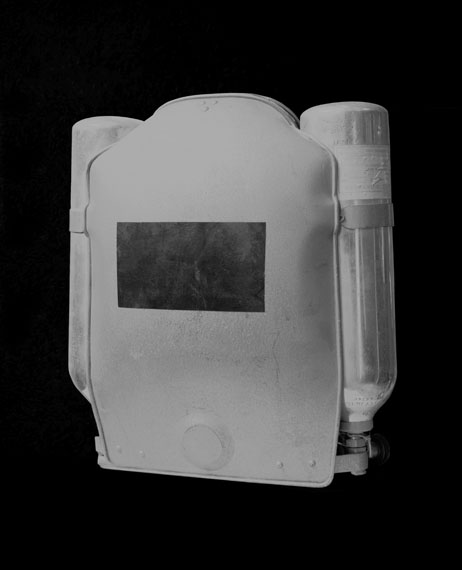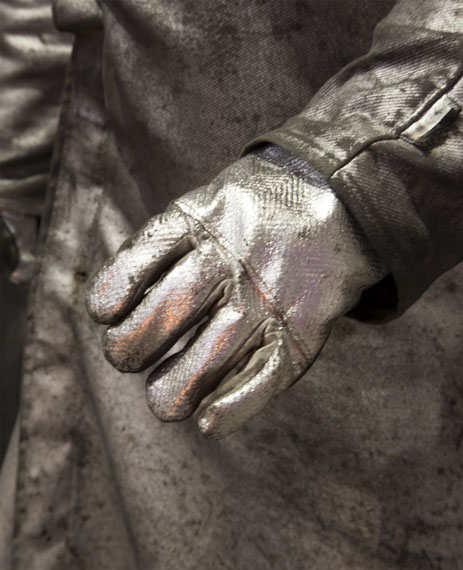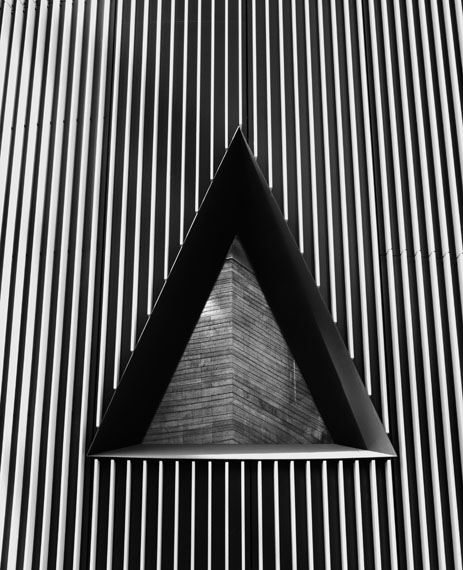
Ezio D'Agostino »
NEOs
Exhibition: 16 Mar – 9 Jun 2019
Sat 16 Mar 11:00

CNA Centre national de l'audiovisuel
1b, rue du Centenaire
3475 Dudelange
+352-522424-1
Wed-Sun 12-18
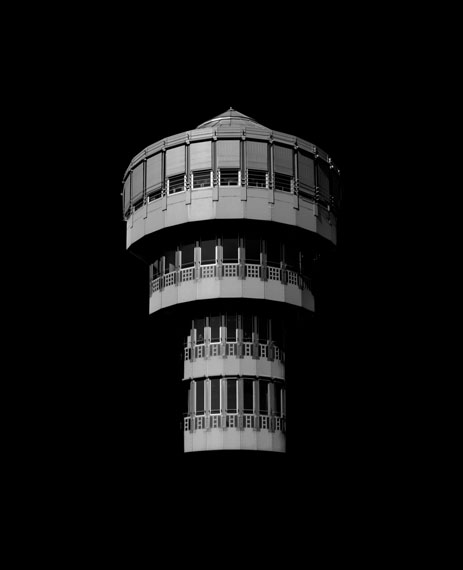
Ezio D’Agostino
"NEOs"
Exhibition: 16 March – 9 June, 2019
NEOs, through the visible remains of our era, proposes a visual hypothesis as to what the forthcoming "Capitalist space" might resemble, an object too close to the Earth to be seen from the right distance. (Ezio D’Agostino)
In the course of his 2017 to 2018 residency, Ezio D’Agostino spent several weeks in Luxembourg and researched the economic and technological history of the country to question the very notion of development and progress from a given context.
In the vein of his previous projects, D’Agostino found his point of entry by working with the landscape. He set out in search of the stories that produced it, navigating between its layers and its temporal markers to deconstruct and reconstruct it by way of the image.
He visited the symbolic and structural sites in the history of the country’s development, exploring them through the prism of their different temporal phases: from Luxembourg’s steel industry past, to its financial services industry present, and on to its future with the SpaceResources space programme which aims to provide a framework for the study and mining of resources on near-Earth objects.
Thus, amongst other things, Ezio D’Agostino photographed the detail of the tunnel map of the former mine of Oberkorn, the blazing of molten steel in the Esch-Belval steelworks electric arc furnace, a compartment box for storing and cataloguing rare metals in the Natural History Museum, a collection of gemstones from Zimbabwe at a flea market, the radar dish at the SES (Société Européenne des Satellites) headquarters, the central tower in the facade of the Deutsche Bank building in the Kirchberg district, a heartbeat frequency sensor in the entrance hall for goods at the Freeport, a water tank in the LuxConnect data centre, a mass spectrometer at the Luxembourg Institute of Science and Technology…
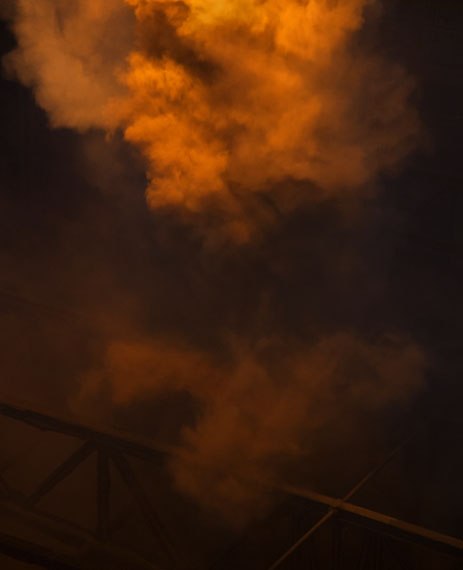
Through a process of rigorous cataloguing, Ezio D’Agostino retraces the evolution of wealth towards more or less visibility. So while a mining produces a wealth that is highly tangible with visible markers on the landscape, the conversion to the financial sector generates a wealth that becomes gradually immaterial, expressed by a landscape of steel and glass buildings, reflective materials evocative of transparency. With the entry of SpaceResources into the arena, this notion of dematerialization is developed further to arrive at something even more abstract, more invisible, so to speak, of which only hyper-technological systems of observation and surveillance, or indeed the spectra of the future, can send us representations.
Which begs the question of how to realize, how to recount, what doesn’t yet exist?
D’Agostino takes up the challenge by adopting an approach that thwarts the limits of this representability by operating in the ambiguous interstice of the objective value of the image itself.
Starting from a documentary context, he stages the inexistent by way of little pieces, stray fragments and traces of the world of today. In his search for evocative elements of this scientific and space explorative history, Ezio D’Agostino allows the imaginary to enter the quest.
The visual universe he develops borrows from abstraction to create a language of signs and forms, that ingeniously takes shape from an elementary, formal, photographic repertoire: choice of black and white, play of contrasts, depths, framing and scale. In this open narrative, the connection between the object and its representation gradually loses its signification and its obviousness. At a relative distance, familiar objects undergo a shift to become something different with regard to objects close to the Earth.
"NEOs" solicits us within our own reading space and incites us, image by image, through a dynamic constellation woven of science and fiction, to question ourselves as to the trajectory of progress in a more or less distant future.
The exhibition is produced by Centre national de l’audiovisuel (CNA). It is accompanied by a book published by Skinnerboox Editions.
�
